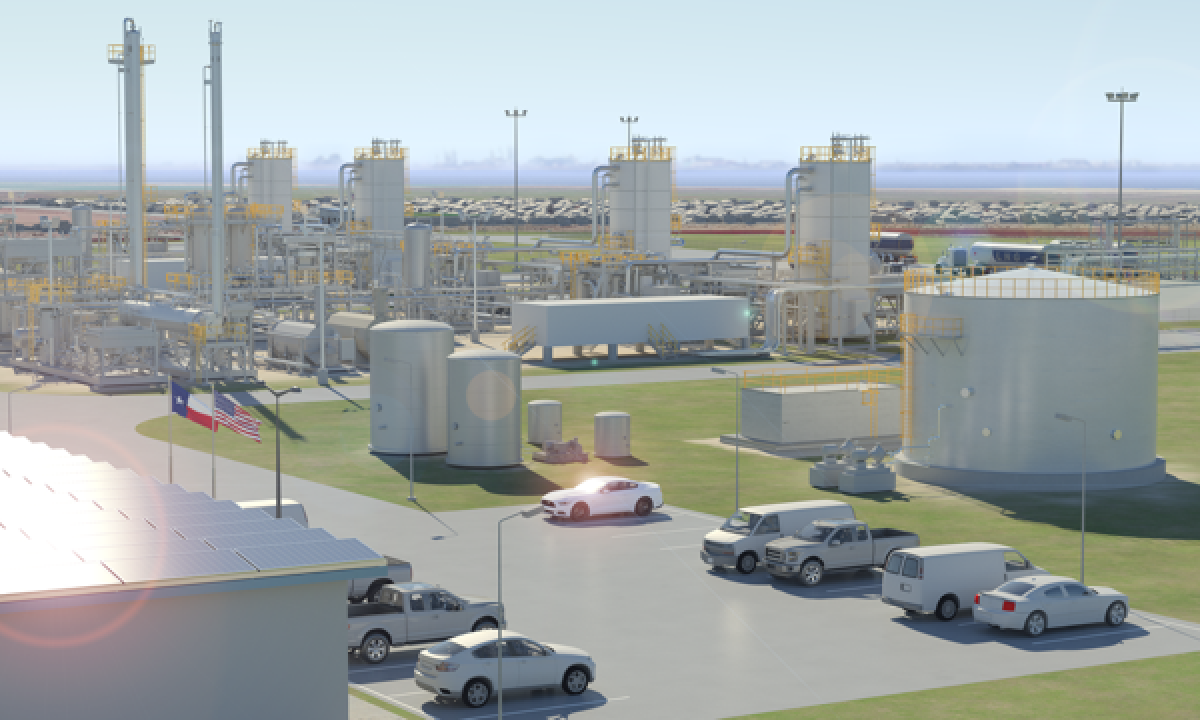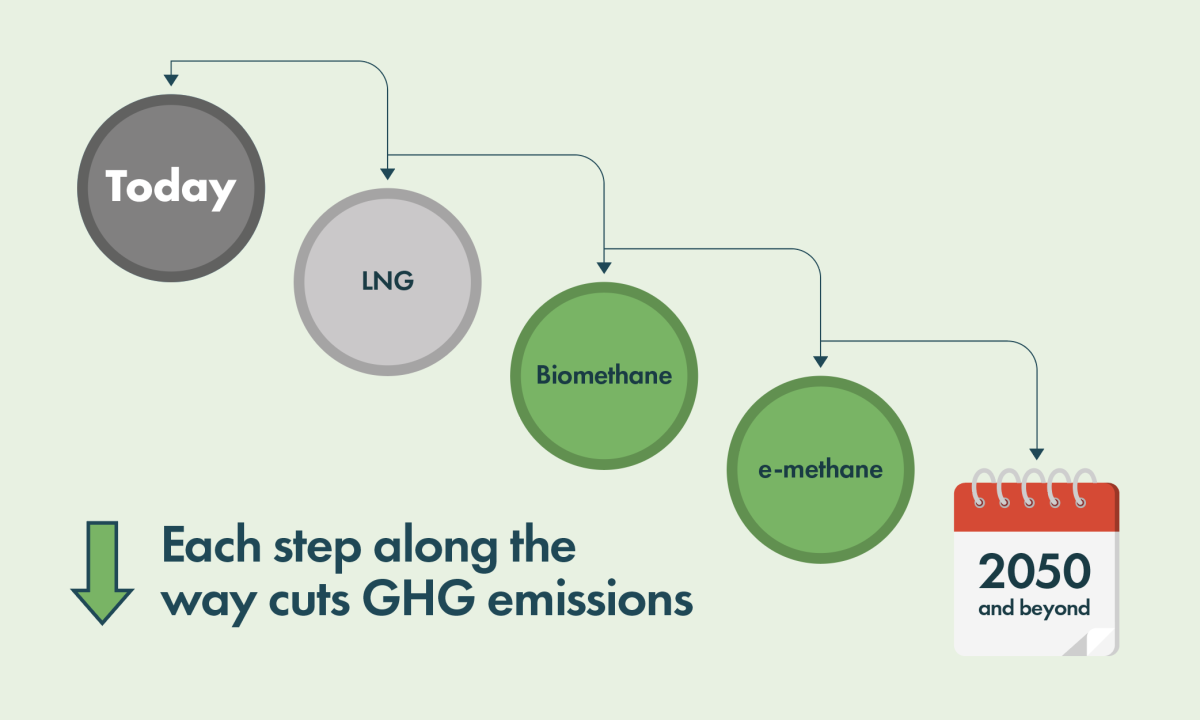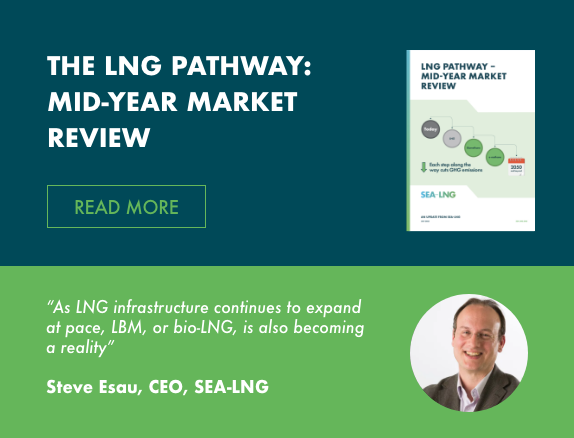25th March 2020
CE Delft study confirms bio and synthetic LNG provide a viable pathway towards decarbonisation

Liquefied Bio Methane and Liquefied Synthetic Methane have the potential to be available, scalable, with costs similar to other low and zero carbon marine fuels
LONDON, 25TH MARCH 2020: SEA-LNG, the multi-sector industry coalition, has today released the latest in its series of independently conducted reports. The CE Delft study analyses the availability and costs of Liquefied Bio Methane (LBM) and Liquefied Synthetic Methane (LSM) and concludes that both could become available in sufficient quantities to make a contribution towards future decarbonisation for the shipping industry, and that the costs need not be significantly higher than those of other low- and zero-carbon fuels.
The study explores the potential availability and cost of LBM and LSM produced from renewable electricity with the aim of providing industry-leading, timely, and proven analysis to support the growing case for LBM and LSM in driving forward LNG as a decarbonisation solution towards 2030, 2050, and beyond.
The findings are that both LBM and LSM are scalable solutions for the maritime sector, with estimated sustainable global supplies potentially exceeding the demands of shipping in the future, and likely to be commercially competitive relative to other low- and zero-carbon fuels. Further, the growing LNG-fuelled fleet could use LBM or LSM without requiring major modifications, and the existing supply infrastructure will remain fit for bunkering purposes with either fuel.
The study was conducted by independent research and consultancy organisation CE Delft and commissioned by SEA-LNG. The study included the latest academic and industry literature, comprising thorough analysis of circa 150 publications. The full study and summary document can be found here.
Dagmar Nelissen (CE Delft): “Based on an extensive review of the global availability of biomass, and the maturity of technologies to produce biomethane and synthetic methane, we conclude that, in principle, sufficient amounts could be produced to fuel the shipping sector. However, other sectors are also likely to demand methane, and there needs to be significant investments in production capacity”.
Analysis of the global sustainable biomass resource shows that biomethane from energy crops, agricultural residues, forestry products and residues could significantly exceed the global total energy demand of the maritime sector. The sustainable potential for LBM could be substantially higher in 2050 compared to 2030, even when excluding aquatic biomass, which has the potential to play a dominant role in the long term.
The biomass resources from which LBM can be produced are globally available. The availability of LSM will be dependent on the future build-out of renewable electricity capacity, and therefore relies on investment within this space. This will also be a key driver within the development of other synthetic fuels reliant on renewable electricity, such as green hydrogen and ammonia.
The production costs of LBM and LSM could be broadly comparable to other renewable fuels like green hydrogen and ammonia. Compared to those fuels, LBM and LSM have the advantage that they can be transported, stored and bunkered, utilising existing and technically matured LNG infrastructure.
“The shipping industry faces unprecedented challenges if it is to meet the IMO’s decarbonisation targets,” commented Peter Keller, Chairman, SEA-LNG. “Confusing and countering claims abound for different zero-emissions technologies – all of which require decades of research and development before they are proven safe for marine operations, globally available, and commercially viable.
“In combination, the studies we have commissioned definitely proves that, through LBM and LSM, LNG offers a clear pathway to net zero-carbon emissions from shipping while also future-proofing ship owners’ investments. By investing in LNG-fuelled vessels now, ship owners can realise immediate GHG benefits – up to 21% on a Well-to-Wake basis and 28%, Tank-to-Wake, including the impact of methane emissions. These LNG-based assets can use non-fossil fuel methane such as LBM and LSM with little to no modifications. As LBM and LSM become available at scale, the carbon-free future will become reality.
“If we are to make effective, meaningful progress with emissions reductions, waiting for the ‘perfect’ solution is not an option. We must act today, and LNG is the only option that both provides considerable GHG emissions reductions now, while charting a clear pathway towards a sustainable future for the shipping industry.”



